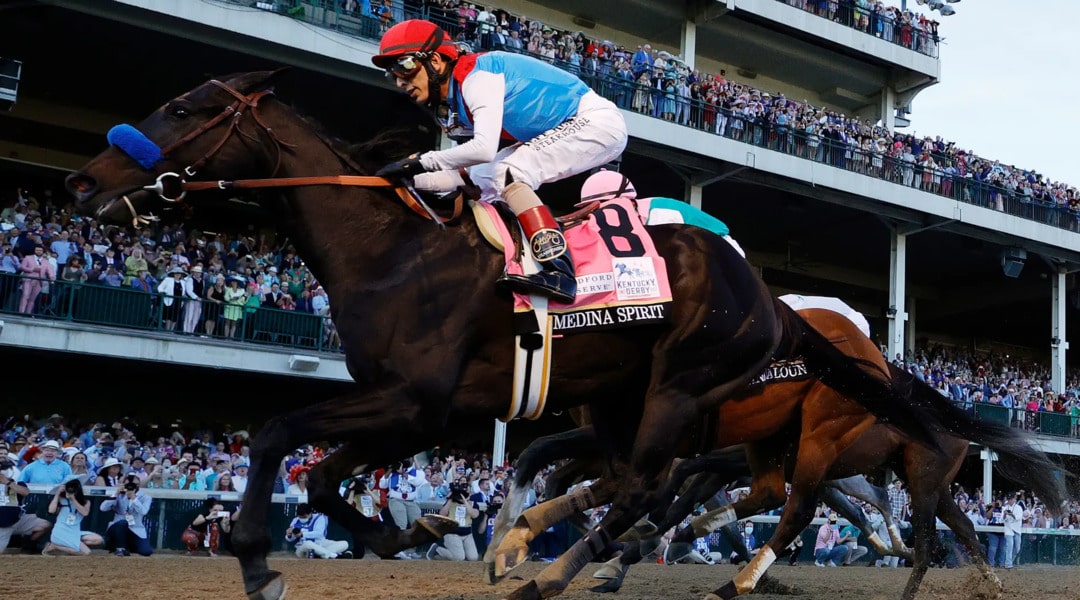건전마사지의 새로운 바람, 스웨디시쏘 커뮤니티에서 찾다
건전마사지란 무엇인가? 건전마사지는 신체의 긴장을 완화하고 혈액 순환을 촉진하여 전반적인 건강을 개선하는 치료법입니다.이 방법은 스트레스 해소, 통증 감소, 이완 촉진을 목적으로 다양한 손 기술을 사용합니다.건전마사지는 전문가에 의해 수행되며, 개인의 건강 상태와 필요에 맞춰 다양한 기술이 적용됩니다.이러한 마사지는 신체적, 정신적 웰빙을 증진시키는 데 효과적인 것으로 잘 알려져 있으며, 많은 사람들이 일상적인...

















